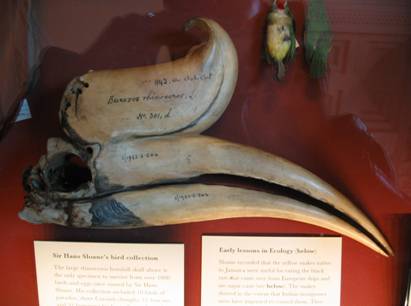
It has often been remarked that you can distinguish between Americans and Britons as soon as they open their mouths—not by anything they say, for they do not even have to speak, but by their teeth. I knew another traveler I encountered in an obscure corner of the Andes was American as soon as she smiled, so regular and white were her teeth. A woman of obviously European heritage who shared my table in a crowded Tokyo café only had to bare her misaligned and discolored teeth to reveal herself British. My own teeth are the color of ivory—human, not plastic—and would doubtless have endured the subtle correction of a brace had I enjoyed the benefits of an American rather than a British middle-class upbringing. Yet which is more truly the harbinger of our inevitable death and decay, yellow stumps or bleached perfection? The inimitable Italian war correspondent and novelist Curzio Malaparte caught the irony of the American dental condition perfectly in The Skin (1952):
“Really?” exclaimed Mrs. Flat, flushing with pleasure and slowly lowering her eyes until they rested upon me; and as her lips parted in a smile of admiration I saw the flashing of her teeth, the white splendor of those marvelous American teeth which are impervious to the years and which actually seem unreal, they are so white, so even and so perfect. That smile dazzled me; it made me lower my eyelids and shudder with fear. It was accompanied by that terrible flashing of teeth which in America is the first happy augury of old age, the last glittering gesture of farewell which every American makes to the world of the living as he descends smiling into the grave.
